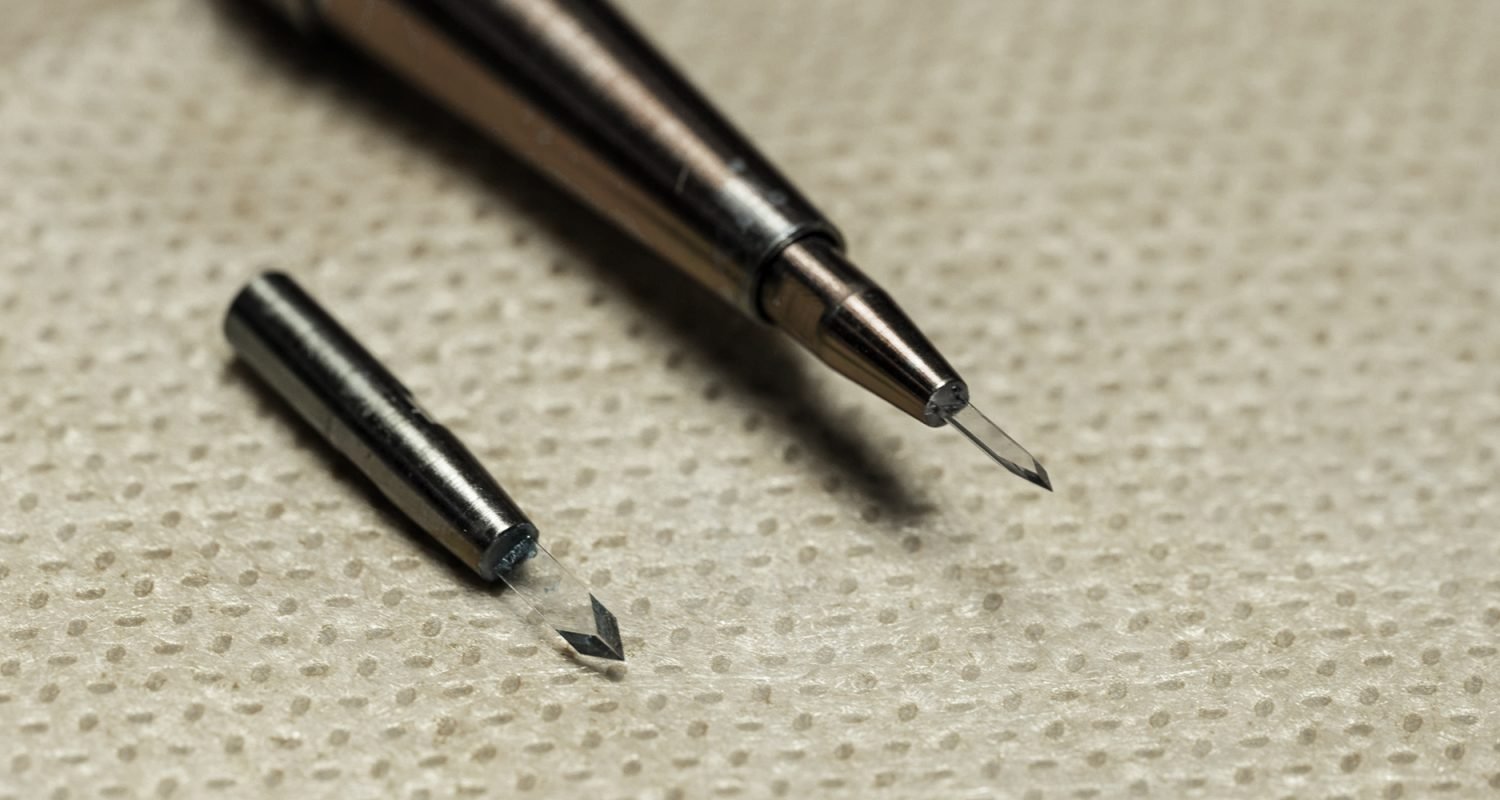
Rhinoplasty, also known as rhinoplasty, which is one of the most performed aesthetic surgeries today, can be preferred not only to alter the appearance of the nose but also to enhance the quality of breathing. There is a bone in the upper part of the nose and cartilage tissue in the inner part. When it is combined changes in bone, cartilage and skin tissue can be made with rhinoplasty. The operation is not only for aesthetic purposes, but some people also experience breathing problems due to the curvature of the cartilage tissue (septum) in the nose, and an operation is performed to correct these problems. Before deciding on the operation, detailed planning should be made with your doctor about your expectations.
How is Rhinoplasty Surgery Performed?
The operation is carried out under general anaesthesia. Few and far between, it can be performed with local anaesthesia and sedation. In this surgery, which is called rhinoplasty, parts of the nasal bone and cartilage tissue are cut with a very small incision and arranged as desired. It is decided during the surgery how much cartilage will be removed or which extra areas will be intervened. In some cases, extra cartilage tissue may be needed to adjust the desired nose shape. In these circumstances, cartilage is taken from different parts of the body (usually from the rib area) with a very small operation and added to the areas needed in the nose.
In our era where technology is improving highly rapidly, advances in the technologies used in surgeries have also occurred. Recently, the Piezzo Nose Aesthetics technique, which eliminates the use of hammer-derived instruments in surgeries by converting electric current to an ultrasonic sound wave, has been widely used. As there is no requirement to break the nasal bone, the vessels, nerves and soft tissues are not damaged. Therefore, the healing process is much faster than classical technique nose surgeries.
After Rhinoplasty Surgery
After the operation, it will usually be sufficient to stay in the hospital for a night. Thanks to the drugs which are used after the operation, You will not feel any pain. In order to reduce the risk of bleeding and swelling, it is necessary to lie with the head up and apply cold. In order to breathe comfortably after the operation, silicone pads with an air hole in the middle are used. Thanks to these tampons, which will stay in our nose for an average of 1 week, there will be no problems such as congestion and sleeping at night.
How should I prepare myself for Sapphire hair transplantation?
When will I see the results of Sapphire hair transplantation?
What is the cost of the Sapphire FUE Technique?
Who is most suited for Sapphire hair transplantation?



No Comments
Sorry, the comment form is closed at this time.